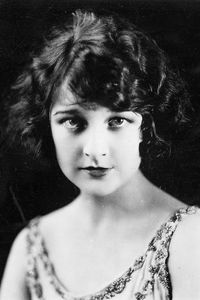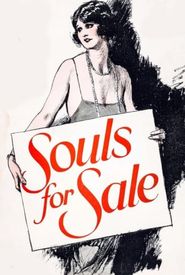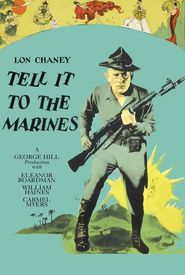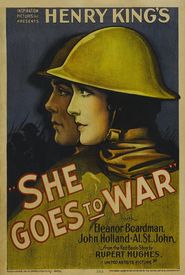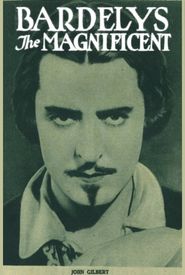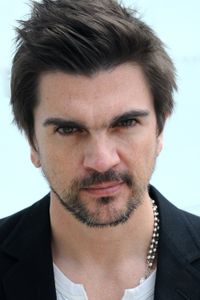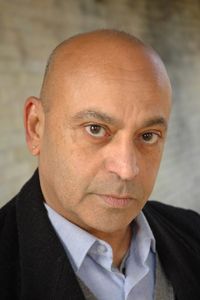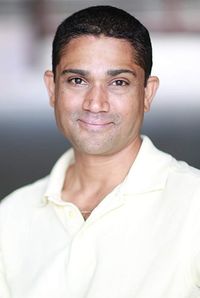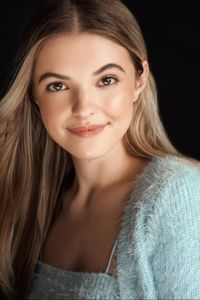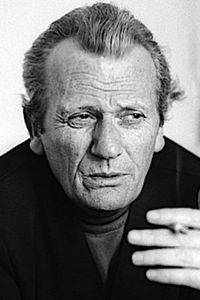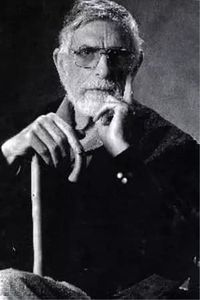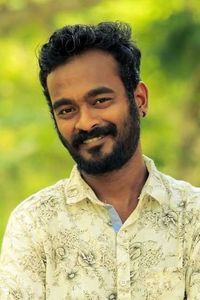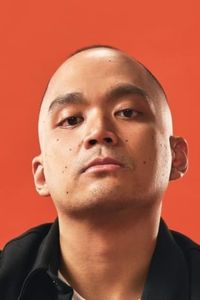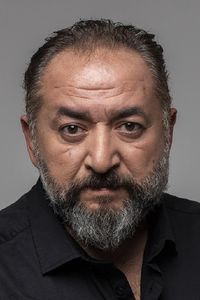Eleanor Boardman, a Philadelphia native, had always harbored a profound desire to become an actress, and upon graduating from high school, she embarked on a journey to conquer the esteemed stages of Broadway. Initially, however, the bright lights of the Great White Way proved elusive, and she was forced to accept a series of unconventional roles to make ends meet, including that of an artist's model.
During her tenure as a model, she learned of the Selwyn Organization's search for inexperienced young women to join their chorus lines. Recognizing an opportunity, she auditioned for the position and, to her surprise, secured a spot in the chorus line of "Rock-a-Bye-Baby," where she remained until the show's three-month run came to a close.
Following the conclusion of "Rock-a-Bye-Baby," Boardman landed a role in another Selwyn production, "A Very Good Young Man," but this too had a limited run. It was during this period that a casting director from Goldwyn Pictures began scouring the Broadway scene for fresh faces. Boardman impressed the director with her audition, emerging as one of the select few chosen from a pool of over 1,000 aspiring actresses to receive a coveted spot in Hollywood.
Her film debut arrived in 1922, marking the beginning of a successful career that would span more than a decade, until her eventual retirement in 1935. Throughout her life, Boardman was married twice, first to acclaimed director King Vidor from 1926 to 1931, and subsequently to director Harry d'Abbadie d'Arrast from 1940 until his passing in 1968. Eleanor Boardman passed away in Santa Barbara, California, in the year 1991.
